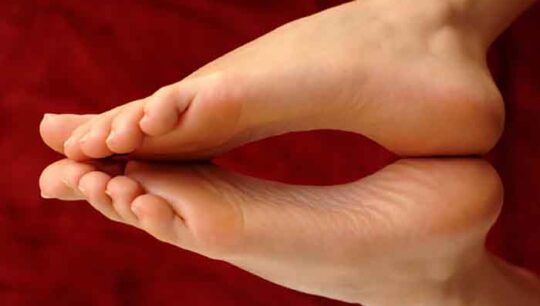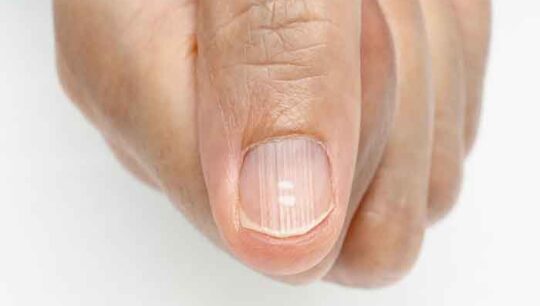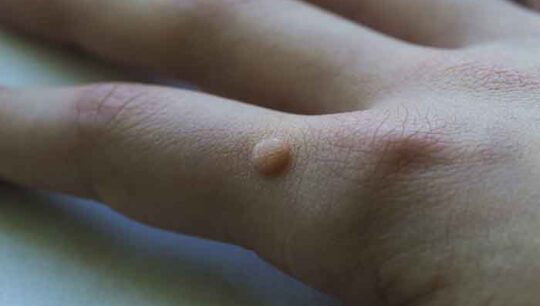Fingernail fungus: what are the causes?

Nail fungus is the most common nail infection, and while it’s more common on toenails, it can also affect fingernails. If you get an infection, your nails can turn yellow, thicken, or even split. Today, the nail supplies expert Maryton will explain the causes of fingernail fungus in this guide.
Nail fungus is mostly caused by fungi, dermatophytes or yeasts, such as Candida. This is called candidiasis. Molds more readily affect toenails. You should know that untreated skin fungus can be transmitted to the nail, and vice versa: without treatment, onychomycosis can also affect the skin.
Fungi such as dermatophytes or Candida are very present in humid environments. Nail fungus will therefore more frequently affect people who often have their hands in water, or those who wear gloves in their profession – the latter promote maceration and humidity. That’s why nail fungus also attacks the toes (especially the big toe): enclosed in shoes, the foot evolves all day long in a humid and poorly ventilated environment, conducive to the development of fungi.
Other factors can promote onychomycosis, such as certain diseases (diabetes, psoriasis), or bad habits (nail biting, poor hygiene, etc.)
Finally, age is a factor that increases the risk of fungal infection in both fingernails and toenails.
To avoid the risk of infection by fungi, here are a few simple tips:
- Limit the contact of nails with water and avoid wearing gloves for long periods of time;
- Dry your hands thoroughly after each wash, removing all the water;
- Avoid biting your nails and maintain them with a professional manicure kit;
- Moisturize your skin, apply a preventative nail treatment, regularly monitor your skin and nails and treat any wounds that may appear without delay, particularly in the case of diabetes;
- For toenail fungus, opt for breathable shoes and socks that do not compress the toes too much. Do not walk barefoot in public places to avoid contamination by mold, and of course adopt impeccable foot hygiene.
Read also: What pose for bitten nails? discover the best solutions
Source:



